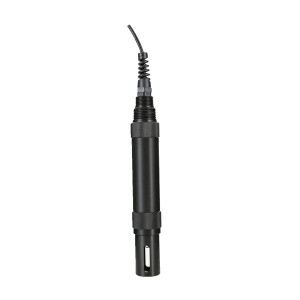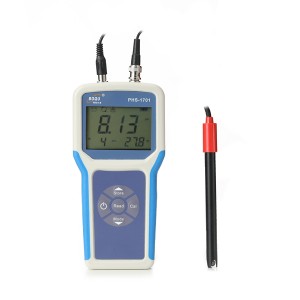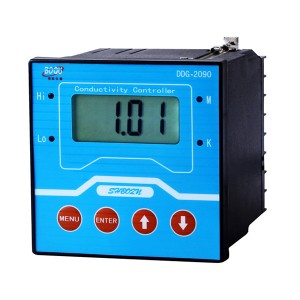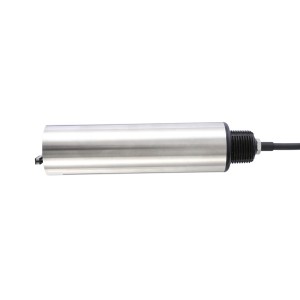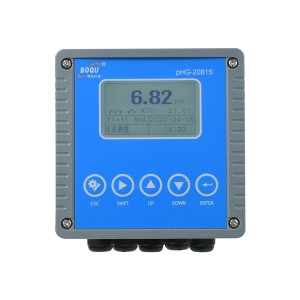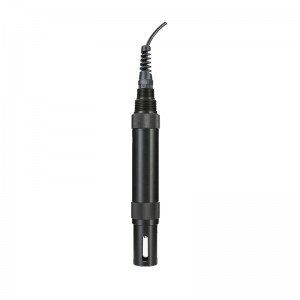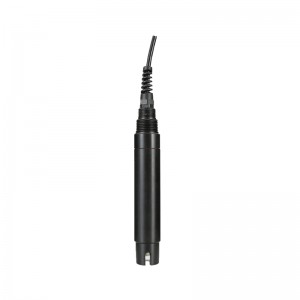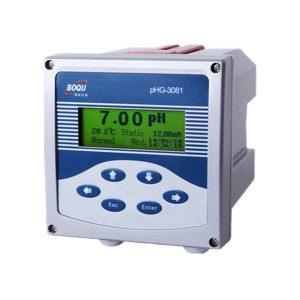This article will discuss the role of pH sensors in agriculture production. It will cover how pH sensors can help farmers optimize crop growth and improve soil health by ensuring the right pH levels.
The article will also touch on the different types of pH sensors used in agriculture and provide tips on selecting the right pH sensor for your farm or agricultural operation.
What Is A PH Sensor? How Many Types Of Sensors Are There?
A pH sensor is a device that measures the acidity or alkalinity of solutions. It is used to determine whether a substance is acidic or basic, which can be important when determining if something is corrosive or not corrosive.
There are several types of pH sensors available on the market. Here are some of the most common types:
Glass electrode pH sensors:
These sensors are the most widely used type of pH sensor. They use a pH-sensitive glass membrane to detect changes in pH.
Glass electrode sensors are widely used in various industries, including food and beverage, pharmaceuticals, water treatment, and research laboratories. They are ideal for measuring the pH of aqueous solutions with a wide pH range.
Optical pH sensors:
These sensors use an indicator dye to detect changes in pH. They can be used in opaque or colored solutions, where traditional sensors may not be effective.
Optical sensors are often used in applications where traditional sensors may not be effective, such as in colored or opaque solutions. They are commonly used in the food and beverage industry, as well as in environmental monitoring.
Ion-selective electrodes (ISEs):
These sensors detect specific ions in a solution, including hydrogen ions for pH measurement. They can be used to measure pH in a wide range of applications.
ISEs are commonly used in the medical field, such as in blood gas analysis and electrolyte measurement. They are also used in the food and beverage industry and in water treatment plants.
Conductivity-based pH sensors:
These sensors measure the electrical conductivity of a solution, which can be used to calculate the pH level.
Conductivity-based sensors are often used in applications where cost is a concern, such as in swimming pool testing kits. They are also used in agriculture and hydroponics to measure the pH of the soil or nutrient solutions.
If you want to get a targeted water quality testing solution and get the most suitable sensor type, directly asking BOQU’s customer service team is the fastest way! They will give more professional and useful advice.
Why Will You Need Some High-Quality PH Sensors For Agriculture Production?
The pH sensors play a crucial role in the development of agriculture by helping farmers to optimize crop growth and improve soil health. Here are some specific applications where pH sensors are especially important:
Soil pH management:
Soil pH is a critical factor in crop growth and development. pH sensors can help farmers measure the pH of their soil accurately, which is essential for selecting the appropriate crops and fertilizers. They can also help farmers monitor the pH levels over time, which can provide insight into how soil management practices affect soil health.
Hydroponics:
Hydroponics is a method of growing plants in water without soil. pH sensors are used to monitor the pH levels of the nutrient solution, which is critical for plant growth. pH sensors can help farmers adjust the nutrient solution to the optimal pH level for each type of plant, which can improve crop yields.
Livestock farming:
pH sensors can also be used in livestock farming to monitor the pH levels of animal feed and drinking water. Monitoring the pH levels can help prevent acidosis in livestock, which can cause health problems and decreased productivity.
Precision agriculture:
Precision agriculture is a farming technique that uses technology to optimize crop yields and reduce waste. pH sensors can be integrated into precision agriculture systems to monitor soil and water pH levels in real time.
This data can be used to make informed decisions about crop management practices and reduce fertilizer and water usage.
In conclusion, pH sensors are essential tools for farmers to improve crop yields, soil health, and animal health. By providing accurate and timely pH measurements, sensors can help farmers make informed decisions about soil and crop management practices, leading to more efficient and sustainable agriculture.
What Are The Differences Between IoT Digital pH Sensor And Traditional Sensors?
BOQU’s IoT Digital pH Sensor offers several advantages over traditional sensors when it comes to agricultural production:
Real-time monitoring and remote access:
The IoT Digital pH Sensor provides real-time monitoring and remote access to pH data, allowing farmers to monitor their crops from anywhere with an internet connection.
This feature allows for immediate adjustments to be made if necessary, leading to better crop yields and improved efficiency.
Easy installation and operation:
The sensor is light in weight, easy to install, and simple to operate. Farmers can set and calibrate the sensor remotely, making it a convenient and user-friendly tool for agricultural production.
High measurement accuracy and responsiveness:
The IoT Digital Sensor offers high measurement accuracy and responsiveness, which is essential for ensuring optimal soil pH levels and nutrient uptake in plants.
The built-in temperature sensor provides real-time temperature compensation, leading to more accurate and reliable pH readings.
Strong anti-interference ability:
The IoT Digital pH Sensor has strong anti-interference ability, which is important for agricultural production, where various factors can affect pH levels in soil and water.
Long-term stability:
The IoT Digital pH Sensor is designed for long-term stability and can work stably for extended periods, even in harsh agricultural environments.
Final words:
In conclusion, BOQU’s IoT Digital Sensor offers a range of benefits for agricultural production, including real-time monitoring and remote access, easy installation and operation, high measurement accuracy and responsiveness, strong anti-interference ability, and long-term stability.
With these features, farmers can optimize their crop growth, reduce waste, and improve the efficiency and sustainability of their agricultural operations.
Post time: Apr-16-2023

